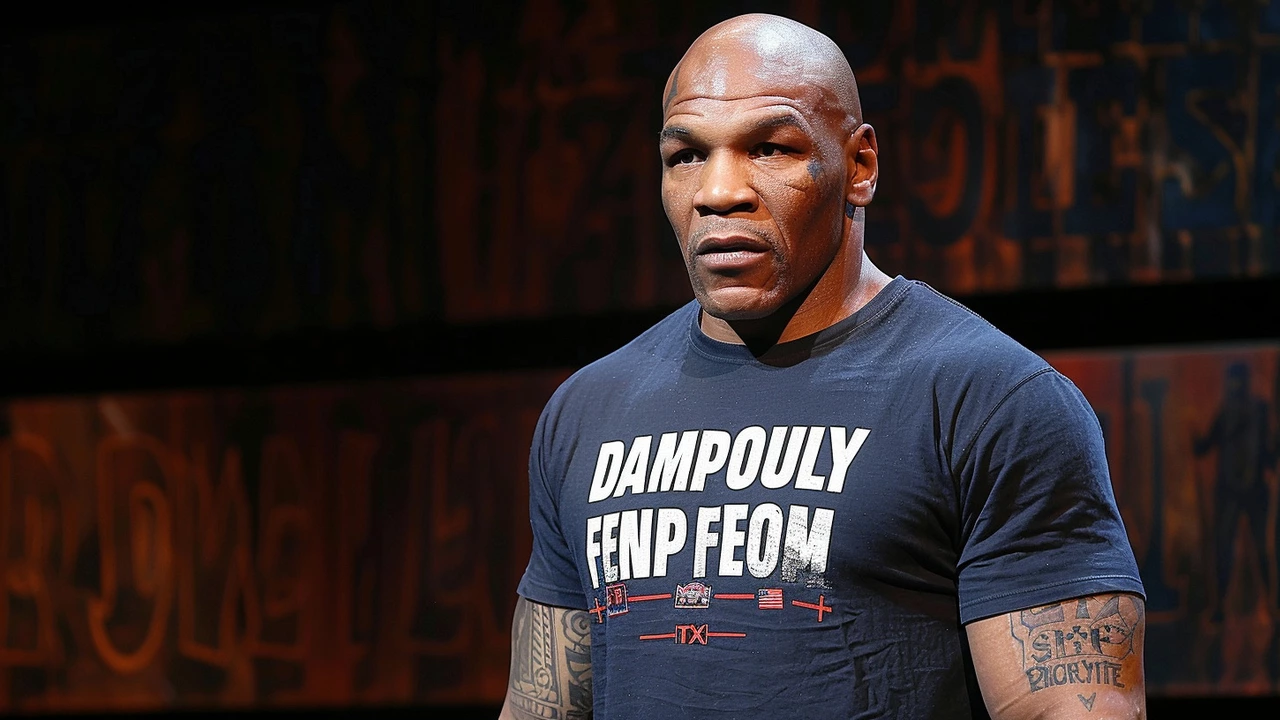Every time a car roars around a circuit, the thrill is matched by a real risk to the people behind the wheel and the spectators watching. In recent years a few high‑profile accidents have turned heads, making health scares a hot topic in the racing world. If you’re a fan, a driver, or just curious about what keeps everyone safe, you’ve come to the right place.
First off, a health scare isn’t just a headline‑grabbing scream. It’s anything that threatens a driver’s physical well‑being – from severe crashes and concussions to heat‑related issues during long races. Even the pit crew can face dangers like burns or musculoskeletal strain. Understanding these risks helps you see why safety gear and track regulations have become so strict.
One of the most obvious hazards is the impact of a crash. When a car hits a wall at 150 mph, the forces can cause broken bones, spinal injuries, or even fatal trauma. Modern cars use carbon‑fiber monocoques and energy‑absorbing crash structures, but the risk never disappears completely.
Head injuries are another big concern. A concussion can happen even if the driver walks away from a crash. That’s why helmets now come with advanced foam liners and an integrated HANS (Head And Neck Support) device, which limits neck movement during sudden decelerations.
Heat and dehydration often fly under the radar, especially in summer races. Drivers sit in cockpits that can reach 50°C (122°F) while wearing multiple layers of fire‑proof clothing. Teams monitor heart rate, body temperature, and fluid intake to avoid heatstroke and fatigue.
Pit crews face their own set of risks. Rapid tyre changes mean heavy equipment is moved quickly, leading to strains and sprains. Burns from hot brakes or fuel spills are also common, so crew members wear fire‑resistant suits and gloves.
Safety isn’t static – it evolves with every incident. After the tragic death of a driver in the early 2000s, the FIA introduced the Halo device, a titanium ring that protects the driver’s head from debris. Today, most top series, including F1 and IndyCar, have adopted it, and the number of serious head injuries has dropped.
Medical teams are now stationed at every major event, ready with advanced imaging tools and rapid‑response protocols. Some circuits have mobile CT scanners that can be brought to the track within minutes, cutting the time between injury and diagnosis.
Data analytics play a growing role as well. Sensors embedded in the car feed real‑time information about impact forces, G‑loads, and driver biometrics. If the data shows a dangerous spike, race control can immediately deploy a safety car or red flag to protect everyone.
Finally, fan safety is a key piece of the puzzle. Barriers are now a mix of steel‑tube and TecPro technology that absorbs impact while keeping spectators a safe distance from the track. The goal is to make sure a health scare never spreads beyond the drivers and crews.
Bottom line: motorsports have always carried risk, but the industry’s response to health scares is relentless. From tougher helmets to live biometric monitoring, every improvement aims to keep the adrenaline high and the injuries low. Stay informed, respect the safety gear, and you’ll enjoy the sport knowing that countless experts are working behind the scenes to protect the people you love to watch.

Mike Tyson faced a health scare during a flight from Miami to Los Angeles, becoming dizzy and nauseous due to an ulcer flare-up. Paramedics attended to him and he is now doing well. The flight delay was due to air conditioning issues. Tyson is preparing for his bout against Jake Paul on July 20, abstaining from smoking and sex to maintain peak health.